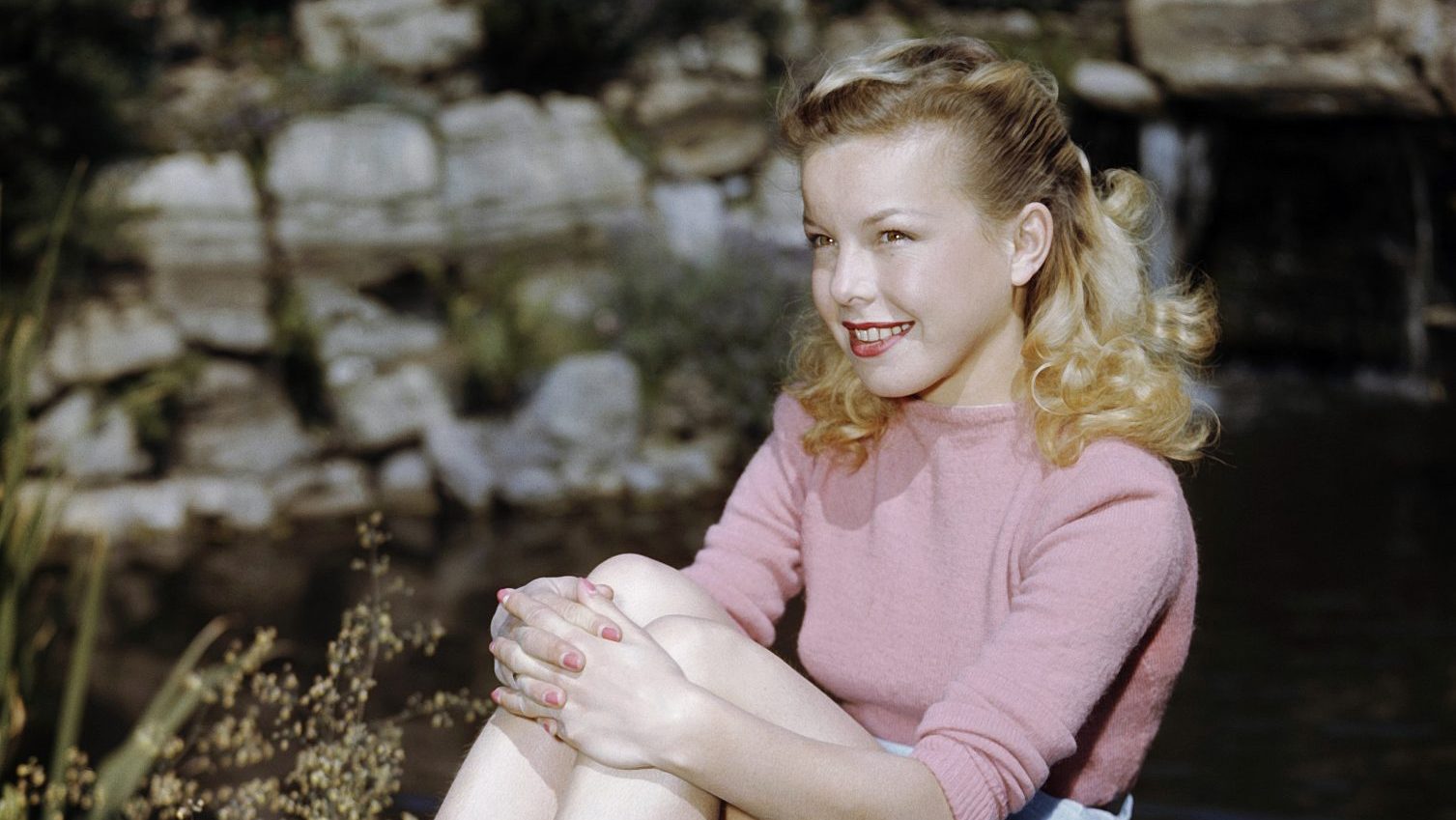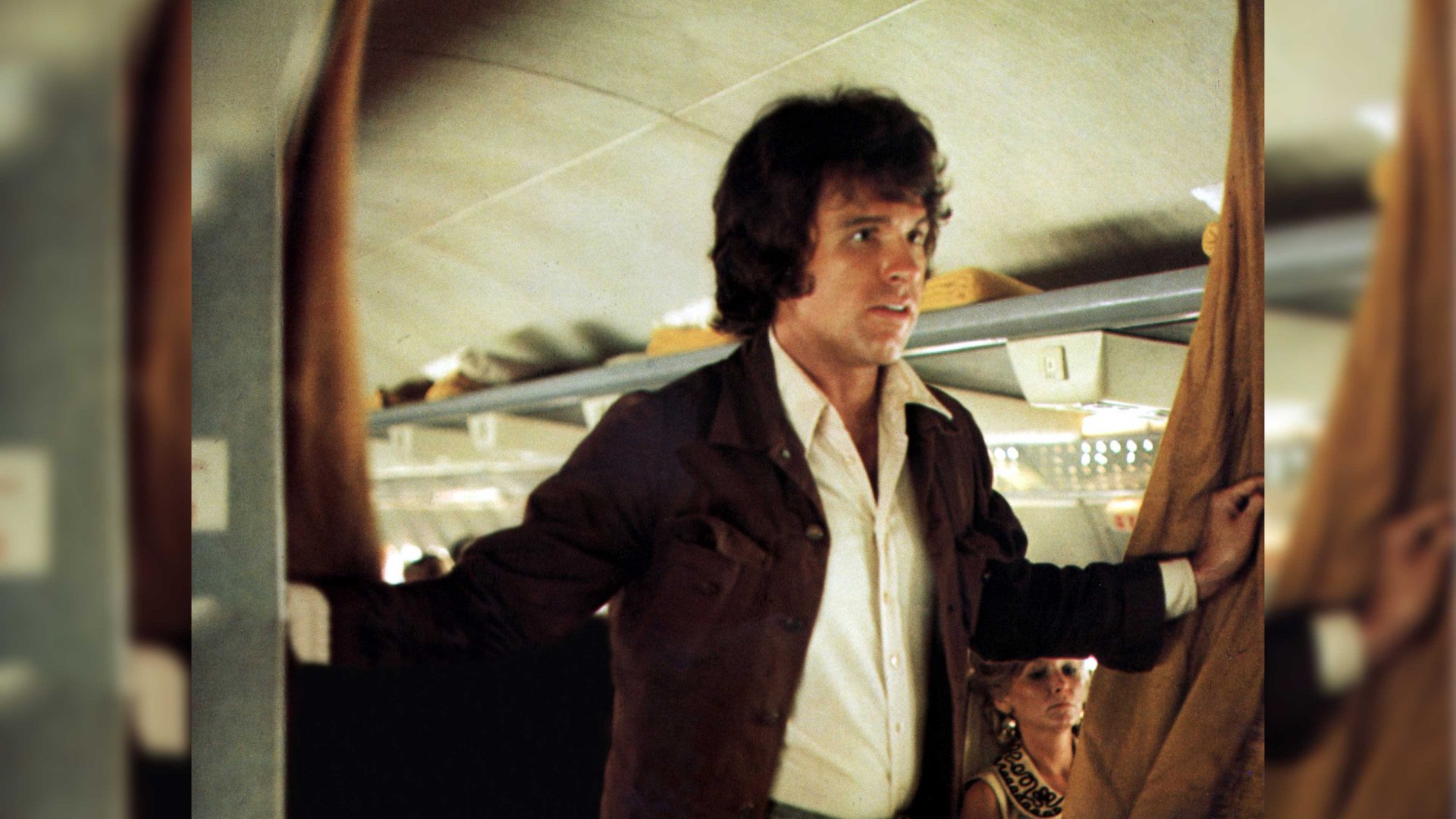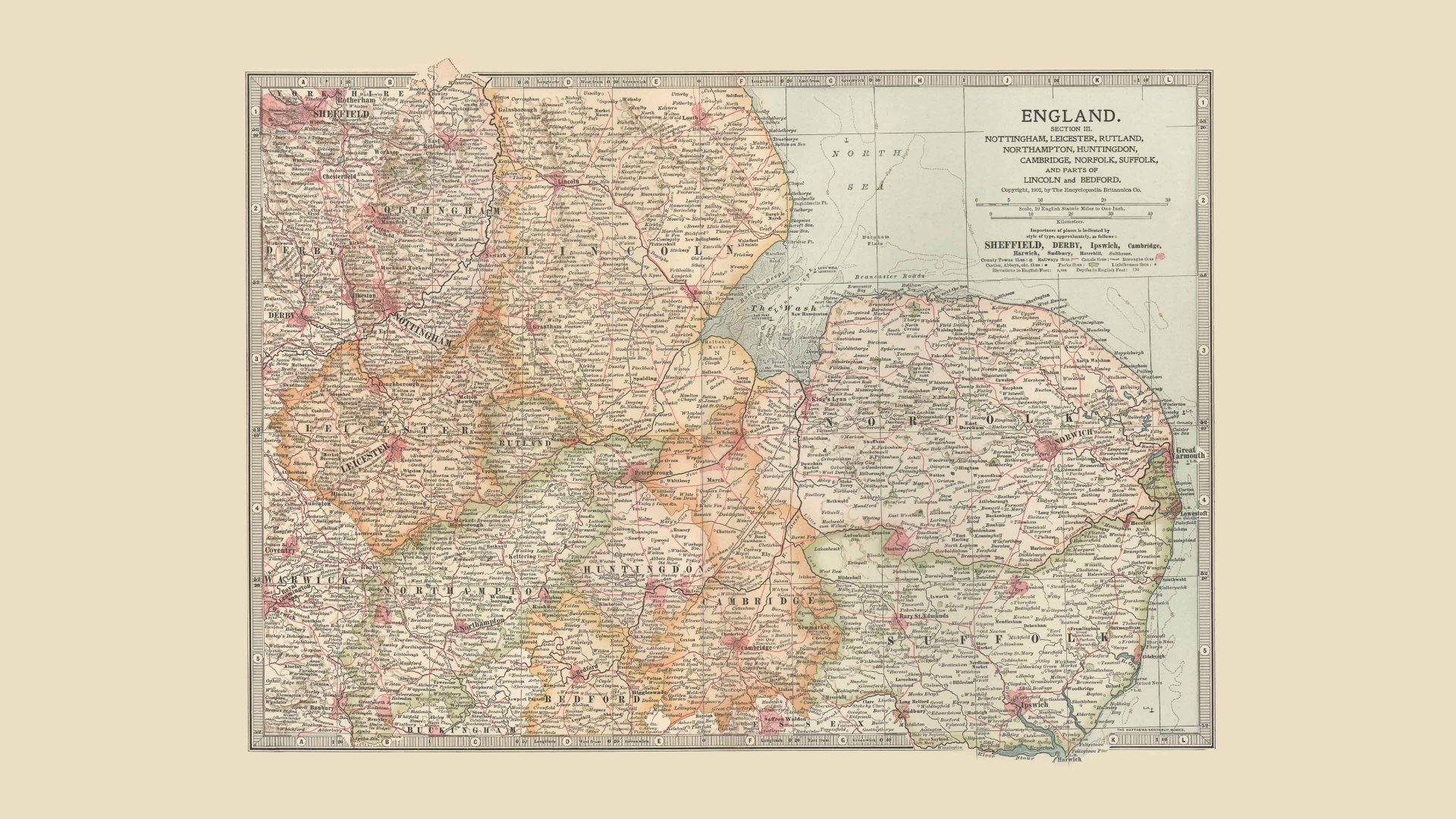Soaking wet, covered in mud and with little idea of where she was, Cécile Aubry was beginning to think being a film star was not everything it was cracked up to be.
In the spring of 1949 the 20-year-old was in Morocco to make The Black Rose, a 12th-century epic in which she starred opposite Orson Welles and Tyrone Power. It was her first Hollywood production and only her second film. Before shooting began, Aubry and her mother had been invited to undertake a chauffeur-driven sightseeing tour. They were accompanied by a driver and Satin, Aubry’s Pekinese, flown out specially by 20th Century Fox.
A couple of hours out of Marrakech the heavens had opened. The party had just crossed the Imini river when flash floods came surging out of the Atlas Mountains to cut off their return, the river sweeping away bridges as it turned into a raging torrent half a mile wide.
With no way of contacting the production, for 72 hours Aubry would be listed as missing among floods that would claim a dozen lives.
Stranded for three sodden days in a small village, Aubry finally had the chance to reflect upon how in a little over a year she had been plucked from life as an unknown drama student in Paris and become a Hollywood starlet.
Two terms into her course at the Cour Simon drama school, Henri-Georges Clouzot had arrived looking for the female lead for his next film, an ambitious adaptation of Manon Lescaut set in the present day. The rookie Cécile Aubry, he decided, was his Manon.
Clouzot treated his new star with a ruthlessness that crossed over into abuse. Before filming began he had her reading aloud endless passages of Proust until he was happy with how she sounded. On set, he was at first verbally abusive and then took to slapping his novice star until she produced a take of which he approved.
“To achieve what he wanted Clouzot pushed the actors to the limit, especially the women,” Aubry recalled. “The shoot was very long and very difficult as Clouzot sacrificed everything and everyone to his creation.”
When Manon was released it scooped a Golden Lion at the Venice Film Festival and, from a standing start, Aubry was suddenly a huge star with a life no longer her own.
“A daughter of the war, a little removed from everything, I discovered life at record speed,” she said.
Hollywood was soon calling, with 20th Century Fox signing her up to a seven-film contract. She appeared on the cover of Life magazine – “The Gay Girl from Gaul”, they called her, “the frisky, pert, sugar-and-spice bundle of adolescence” – and when handed the role of Maryam in The Black Rose was soon criss-crossing the Atlantic until she found herself marooned in a half-submerged landscape somewhere in southern Morocco.
She had never really wanted to be a screen actor. The daughter of a French businessman and a prominent Egyptologist, Aubry had enjoyed a charmed upbringing with an English governess and her own personal dance teacher.
“I loved dancing,” she said. “It gives you incredible endurance, like a sport. Except that with dancing you put in the same effort as in sport but it has to be pretty and the effort invisible.”
Drama school was the logical choice when it came to higher education and Aubry was accepted into the venerable Cours Simon, from where Clouzot thrust her almost immediately into the global spotlight.
When she finally arrived back in Marrakesh, Aubry found herself at the mercy of another ruthless director. Henry Hathaway failed to get the best out of any of his leading actors on The Black Rose, a film that emerged bloated and pedestrian and for which Aubry received her share of criticism.
“In a nonsensical role [Aubry] pouts prettily and puts on a variety of oriental costumes”, said the Herald Tribune. For the New York Times, who hoped Aubry would be the first in a string of new French screen sirens, “Cécile Aubry looks like somebody’s nice kid sister… If she is a sample of the others no wonder things are dull”.
After The Black Rose Aubry withdrew from the world of cinema, appearing in only a handful of roles including both the French and German versions of 1951’s Bluebeard, but that was less to do with her critical reception than developments off-camera.
In Morocco, the set had been visited by Si Brahim El Glaoui, the eldest son of the pasha of Marrakech. Romance blossomed but the prevailing attitudes of the day made it prudent for both sides to conduct the relationship in secret. “It was sort of clandestine,” said Aubry. “I didn’t show myself in public with him. I lied to everybody. It was very trying.”
In 1956 their hand was forced by the birth of their son Mehdi. While the relationship was now public, however, their marriage a fortnight before Mehdi’s arrival remained under wraps. At the same time, Morocco was seeing the end of French colonial rule and El Glaoui and his family were exiled to France practically penniless.
The tumultuous political situation on top of existing pressures – “he was a lovely man but the idea that I might go back to acting was unpleasant to him,” said Aubry. “He found it inappropriate” – proved too much for the marriage and the couple divorced in 1959.
Aubry raised Mehdi alone at Le Moulin Bleu, a converted mill she had bought in Saint-Cyr-sous-Dourda, south of Paris. It was there that she embarked on her second creative life, turning the stories she was making up for Mehdi’s entertainment into children’s books.
In 1963 there was Poly, about a boy and his horse, which was published in France in 1963, then two years later Belle et Sébastien, in which the latter, an orphan, befriends a Pyrenean mountain dog named Belle.
The books were adapted for television almost immediately with Mehdi taking the lead role in both, and in 1967 Belle et Sébastien became a fixture on BBC television and arund the world, becoming France’s most successful TV export after The Magic Roundabout and also inspiring the name of the Scottish indie band Belle and Sebastian.
Two sequels to the Belle et Sébastien series followed, as did Le Jeune Fabre, in which Mehdi starred as a 17-year-old on the threshold of adult life dealing with first love.
Aubry wrote the books and screenplays, directing and often narrating the series but remaining persistently off-screen away from the limelight. One brief, traumatic – and wet – experience of stardom was more than enough.




